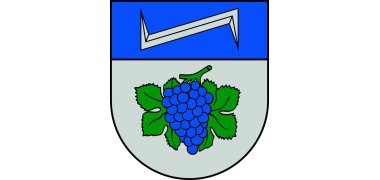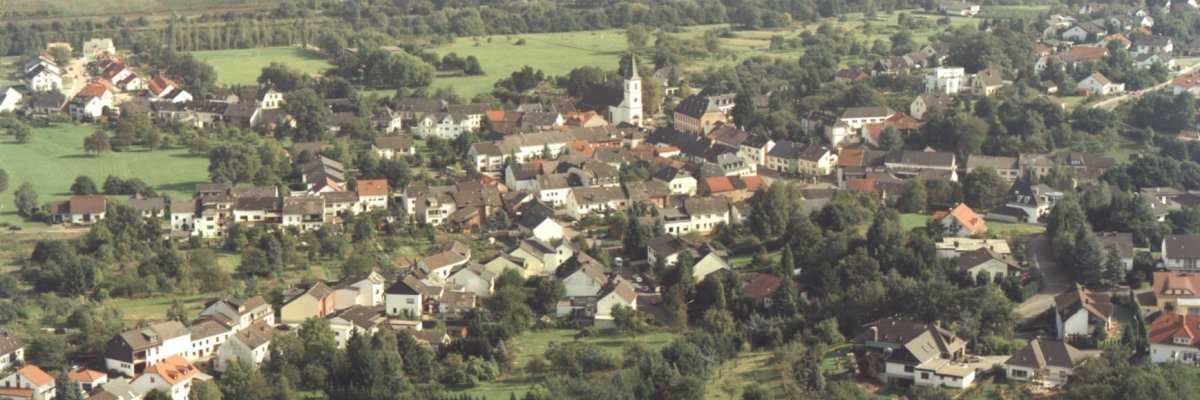District Koenen
Könen is on the left bank of the Saar, about 3 km from the city center and is the largest district with over 2,313 inhabitants. The residential community with adjacent industrial and commercial area was mentioned in documents from 980 to 1180 as Kona, later as Cone and Coene.
Archaeological finds, however, indicate a Roman as well as a Celtic settlement.
After French revolutionary troops took possession of the left bank of the Rhine, the town was part of the French Republic from 1798 to 1814 (until 1804) and then the French Empire. After the defeat of Napoleon, Könen became part of the Kingdom of Prussia in 1815 based on the agreements made at the Congress of Vienna. The place was assigned to the district of Trier in the administrative district of Trier, which became part of the newly formed Rhine Province in 1822.
As a result of the First World War, the entire region belonged to the French part of the Allied occupation of the Rhineland. After the Second World War, Könen was one of the communities in the French occupation zone that was annexed to Saarland in February 1946, but in June 1947 it was also one of the towns in the Saarburg district that were restructured and became part of the then newly formed state of Rhineland-Palatinate .
On November 7, 1970, as part of the administrative reform in Rhineland-Palatinate, the previously independent municipality of Könen, which had 1,659 inhabitants at that time, was incorporated into the city of Konz.

Heraldry (Heraldry)
The coat of arms shows under a blue shield head, in it a silver left-slanting wolf's rod, in silver a blue bunch of grapes with two green leaves.
The left slanting wolfsangel in the shield head is the coat of arms of Trier. vassal family Coenen, which can be traced back to 1660-1677. The seal of Henrich Harthard Coenen on a document dated September 11, 1660 shows a heart pierced vertically by a sword, behind it a left-slanting wolf's rod. Since the heart and sword apparently refer to the first name Harthard, these symbols have been retained. The blue grape refers to the viticulture of the municipality.
